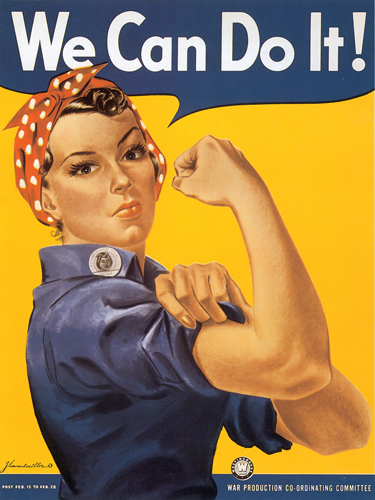 As the main editor in the group I felt that it was important to practice my typography before we had even shot the film so that I could develop my understanding and skill on it. The reason for this is because I want to be able to achieve what ever effect we desire without wasting time learning to edit it. In this final title screen I felt that for a first attempt this was not to bad because it went in time with the non diegetic soundtrack and came in and out without any jujump cuts or bad editing. However I do think I could've used a variety of texts to make certain words stand out.
As the main editor in the group I felt that it was important to practice my typography before we had even shot the film so that I could develop my understanding and skill on it. The reason for this is because I want to be able to achieve what ever effect we desire without wasting time learning to edit it. In this final title screen I felt that for a first attempt this was not to bad because it went in time with the non diegetic soundtrack and came in and out without any jujump cuts or bad editing. However I do think I could've used a variety of texts to make certain words stand out.To make this I was going to use after effects but that crashed so I took the long route and used final cut's built in motion software.
 Firstly I had to cut out Joe, which I'm supposed to use a mask for in after effects however that was unavailable so I just did it on photoshop using a freeze frame from the video.
Firstly I had to cut out Joe, which I'm supposed to use a mask for in after effects however that was unavailable so I just did it on photoshop using a freeze frame from the video. Then I had to get a text. I spent a good forty minutes looking through texts because I wanted one that looked right and fitted the tone of my film. Before I chose the text I used I tried western fonts because I thought this title screen could be similar to 'The good the bad and the ugly' because of the use of red. However I decided to go down another root and looked at more modern texts.
Then I had to get a text. I spent a good forty minutes looking through texts because I wanted one that looked right and fitted the tone of my film. Before I chose the text I used I tried western fonts because I thought this title screen could be similar to 'The good the bad and the ugly' because of the use of red. However I decided to go down another root and looked at more modern texts.To add some depth I used a grunge background to have my freeze frame on. Another thing I added was the smoke. I got this from an earlier film poster, which I made for this film. The text had to be made so that they interacted with each other this took a long time because I had to use lots of key frames.

















